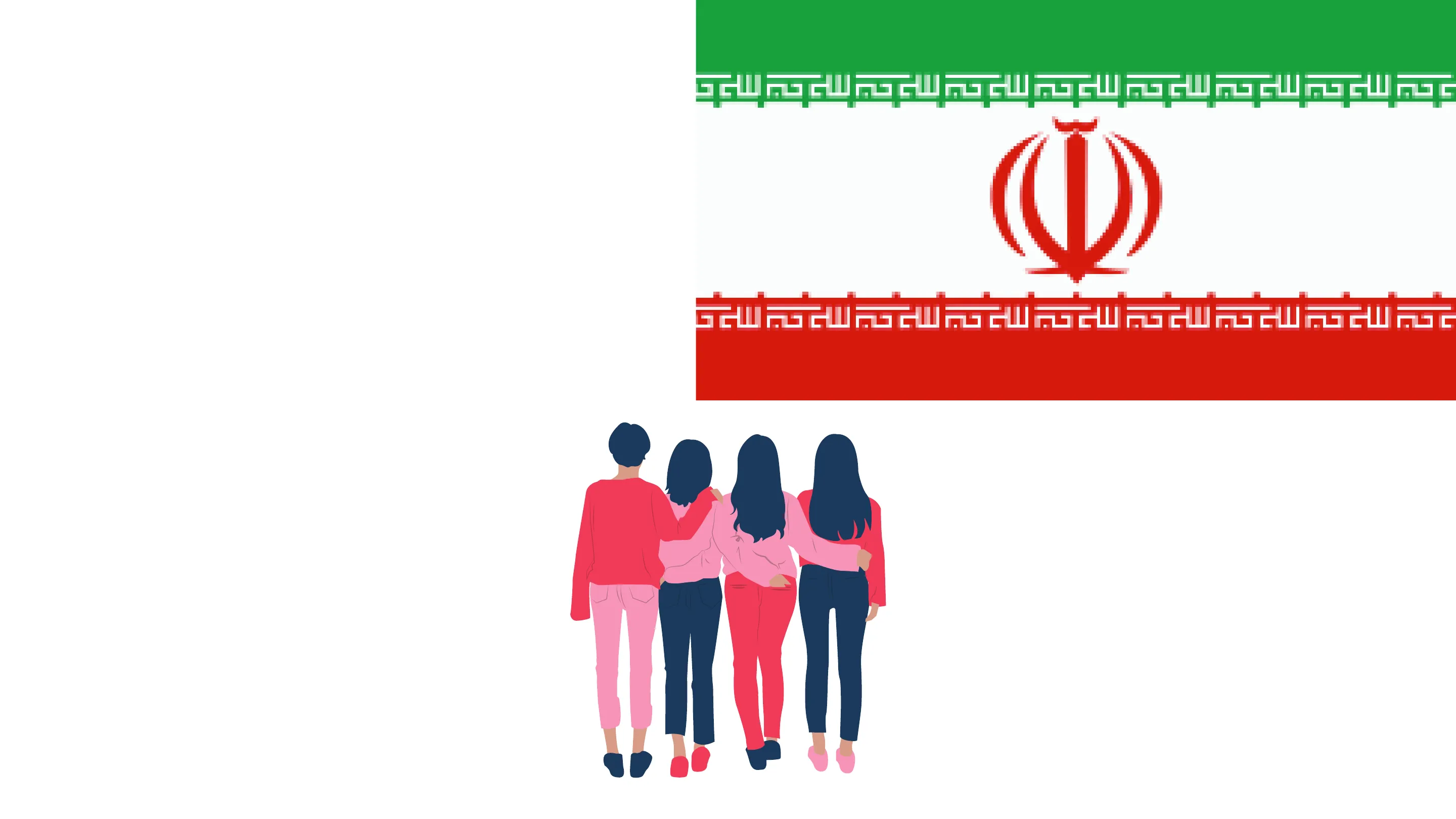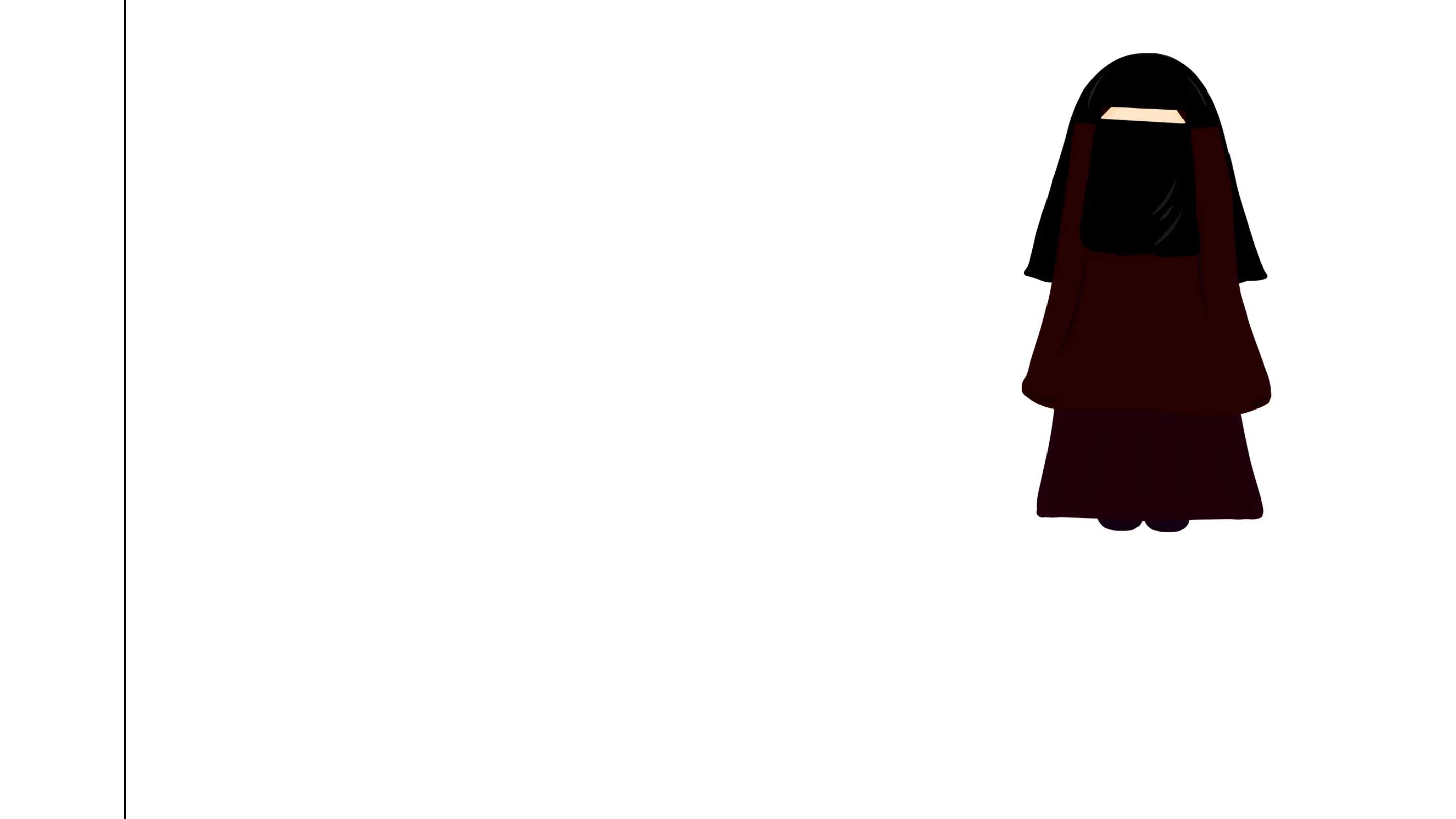Women in Iran: mandatory dress code, legal rights, and protests
Slides about Women in Iran. The Pdf explores the condition of women in Iran, focusing on aspects like clothing, legal rights, family law, political participation, and protest movements. This presentation is useful for university students studying Civic education.
Ver más8 páginas


Visualiza gratis el PDF completo
Regístrate para acceder al documento completo y transformarlo con la IA.
Vista previa
Women in Iran: Clothing and Dress Code
The mandatory hijab is one of the most visible symbols of state control over women in Iran. Since the 1979 Islamic Revolution, women have been required by law to wear the hijab in public, covering their hair and dressing in loose-fitting clothing that obscures the shape of their bodies. Enforcement of this law is carried out by the morality police, an arm of the government tasked with ensuring adherence to Islamic codes of behavior. Non-compliance with dress codes often leads to harsh consequences. Women have been subjected to fines, harassment, arrests, and even physical abuse for perceived violations. A stark example of the brutality of enforcement was the death of Mahsa Amini in September 2022. Arrested for allegedly failing to comply with the dress code, her death while in custody triggered widespread outrage and protests. These protests, often led by women, underscored growing frustration with not only the hijab mandate but also the broader oppression of women in Iranian society. The ongoing resistance to the mandatory hijab has become a focal point of a broader struggle for women's rights. Movements like "My Stealthy Freedom," initiated by activist Masih Alinejad, empower women to share images of themselves without the hijab, defying governmental repression1
Economic Participation and Employment
Iranian women have achieved significant educational milestones, yet they remain vastly underrepresented in the labor market. Despite constituting over half of university graduates in some fields, women make up only about 13% of the workforce, one of the lowest participation rates globally. Economic participation is hindered by legal and cultural barriers. Employers often prefer hiring men, and in some industries, women are explicitly excluded. Furthermore, patriarchal norms limit women's ability to work outside the home, especially in rural areas. When women do find employment, they face significant wage gaps, earning far less than men for the same roles. Discrimination is exacerbated for women from ethnic minorities, such as Kurds or Baluchis, who contend with both gender and ethnic bias. Additionally, women are disproportionately represented in low-paying or informal jobs, often lacking legal protections or benefits. While some women have broken into traditionally male-dominated fields, systemic barriers remain formidable.
Education and Access to Learning
Access to education has been one of the few areas where Iranian women have made considerable progress. Today, women make up a significant portion of university students in Iran, and they excel in fields such as medicine, engineering, and law. However, this progress is undermined by structural limitations. In recent years, government-imposed quotas have restricted the number of women admitted to certain academic programs, particularly in sciences and engineering. This is part of a broader strategy to reinforce traditional gender roles and limit women's professional opportunities. In some provinces, cultural conservatism continues to hinder girls' access to education, especially in rural or impoverished areas. Early marriages, often arranged by families, frequently result in young girls dropping out of school. Efforts by women's rights activists to promote educational opportunities for girls have faced governmental pushback, with activists often accused of spreading "Western" or "anti-Islamic" values.
Legal Rights and Family Law
Iran's legal system, deeply rooted in Islamic Sharia law, systematically disadvantages women. In family law, the inequalities are particularly stark: In criminal law, a woman's testimony is valued at half that of a man. This discrepancy severely limits women's ability to seek justice in cases of domestic violence or sexual assault. Moreover, "honor killings" remain a significant issue, with lenient punishments for male perpetrators who murder female relatives deemed to have "dishonored" the family.
- Marriage: Women require the consent of a male guardian, usually their father, to marry. Additionally, the legal age of marriage for girls is 13, though younger marriages are possible with judicial approval.
. Divorce: Men have the unilateral right to divorce, while women must prove specific grounds such as abuse or infidelity. Even then, securing a divorce is often a protracted legal battle. · Child Custody: In cases of divorce, custody of boys over the age of two and girls over the age of seven is typically awarded to the father. . Inheritance: Women are entitled to half the inheritance of their male counterparts. For example, a daughter inherits half of what her brother receives.S
Political Participation
Women in Iran have the right to vote and run for office, but their representation in political leadership remains marginal. Only 6% of parliamentary seats are held by women, far below global averages. Moreover, systemic barriers prevent women from reaching the highest levels of government. For example, female presidential candidates are routinely disqualified by the Guardian Council, a powerful body that vets political candidates. Despite these obstacles, some women have risen to prominent positions. Reformist politicians and activists have used their platforms to advocate for gender equality, though they face significant resistance and are often marginalized within the political system.
Protests and Women's Movements
Iran has a long history of women-led movements advocating for rights and freedoms. The death of Mahsa Amini reignited a wave of protests, with women at the forefront demanding the abolition of the mandatory hijab, greater personal freedoms, and an end to state-sponsored violence. Slogans like "Woman, Life, Freedom" have become rallying cries for broader societal change. Protests have been met with severe crackdowns. Activists are routinely arrested, detained, and sentenced to long prison terms. Despite the risks, women continue to resist, using social media and grassroots organizing to challenge the status quo. The international community has also taken note, with organizations like Amnesty International highlighting the bravery of Iranian women while calling for global solidarity.·11/1
Equal Rights Conclusion
The condition of women in Iran remains a critical human rights issue. While there have been advances in education and some women have achieved remarkable personal success, systemic discrimination, legal inequalities, and societal repression persist. The bravery of Iranian women in standing up against these injustices is inspiring, but it is clear that achieving equality will require sustained efforts both within Iran and from the international community.